This unusual park (SW Georgia) is an archeological site where seven earthen mounds were built by the Swift Creek and Weeden Island people between 250 and 950 AD. The park has a scenic recreational area where popular activities including camping, fishing, boating (canoes/kayaks), and hiking.
The mounds include the great Temple Mound, two burial mounds, and four ceremonial mounds. The museum at the park is built inside an excavated mound where artifacts can be seen and an informative video is shown. We began our visit at the Visitor Center where the museum is located.
The period when the mounds were constructed is called the Middle Woodland Period. Mounds D and E, excavated by Dr. William Sears in the 1940s-50s, provided evidence of elaborate burials of a complex culture. The park ranger started the video for us and provided a great summation of this historic site.
The skeletons in the photo are replicas as it was deemed disrespectful to display the actual human remains, but they are located in the position where they were found during excavation. Four people were buried in the mound along with 54 complete pottery items (assumed to be for use in the afterlife). Radiocarbon dating places the artifacts at around 170 BC (with an accuracy +/- 300 years.
We spent some time checking out the well-curated exhibits in the museum.
These timelines, the first of World Cultures and the second of the excavations at Kolomoki, provided insight into the times when people occupied the area and when modern man started learning about them.
The Kolomoki Nation was located between large Native American populations to the north and the south. Artifacts found during excavation indicate trade with other tribes from those areas,
When a chief-priest died, there were elaborate burial ceremonies held including the sacrifice of many people (wives, servants, slaves) and the consumption of costly goods. Effigy pottery has been found in large numbers in the burial mounds. Clay from nearby springs were used to make all of the pottery here. Many bowls have been pieced together and are on display at the museum.
Tools used by archeologists as well as photos of the tedious excavation process can be seen.
We picked up a map and headed out follow the Indian Mounds Tour that begins right outside of the museum. There is an area where Park Rangers provide information sessions and a replica of a Kolomoki home. They were of wattle and daub construction with thatched roofs. While we were walking over to see the interior, we saw this gopher tortoise outside of his burrow. There were lots of them in the park, but this is the first time we have seen them in anything but sandy soil.
Here is a map of the park and outlines the path to the seven mounds.
About 800 yards from the museum is the Great Temple mound. The photo below shows one of the two burial mounds, Mound D, (left) and the Great Temple mound.
Mound D was excavated and rebuilt to its original size of 20' high and 100' in diameter in the 1950s. It is one of the most elaborately constructed burial mounds in the southeast part of our country. Archeologists discovered that a leader and servants, slaves, and wives sacrificed after his death are all buried here. Many trophy skulls were also found. Radiocarbon dating (accurate to -/+ 300 years) places the construction of the mound in 30 AD.
The Temple Mound (with its surrounding villages) was a religious center in the middle a large population in North America during the Middle Woodlands era. The mound is 56' high and measured 325' by 200' at the base. An estimated 2M basket loads (of one cubic foot) of earth was used to build this! Steps enable visitors to climb to the top. Our sweet doggie, Sadie, scampered up the steps and patiently waited for us to catch up. The views from the top must have been impressive during the height of activity in the village.
Excavated in 1951, Mound F is only a few feet high. Internally, there is a 3' high yellow clay platform capped with red clay, believed to form a memorial. Evidence suggests that cremations occurred here and were likely adjunct ceremonial mounds to the two burial mounds (D and E)
Eight graves of the Mercier family (1800s), owners of the Mercier Plantation that included the mounds, are located on what is referred to as Mound G. It has never been excavated and it is unclear as to whether it is a natural rise in the earth or a small Kolomoki ceremonial mound.
Mound F, excavated in 1952, was believed to be another ceremonial mound (like H).It was 60' long, 50' wide, and 6' high.
After the Indian Mounds Trail, we drove to the campground to the find the Trillium Trail that winds along the two lakes in the park and through an upland hardwood forest. Lake Kolomoki Campground is very nice (only electric/water hooks ups and an on-site dump station). Some campsites overlook the lake and there are also multiple drive through sites. A playground and bathhouse (very clean) are available for visitors, paddleboats/canoes can be rented from the Visitor Center for use on Lake Kolomoki, and there is a beach for swimmers (no lifeguard).
We enjoyed the 1.25 mile Trillium Trail (loop) where we encountered many creeks that flow into the lakes. We came to Lake Yohola that is smaller but just as beautiful as Lake Kolomoki. There is a boat ramp and lots of lilies here!
Continuing on the final half of the Trillium Trail, it was mostly hardwood forest with some open areas, creeks, cabbage palms (used for roofing on Kolomoki huts), and beautiful ferns (there are so many varieties of this forest underbrush).
We loved this park as it combines a fascinating piece of cultural history as well as hiking trails through the beautiful forest. If you are in the area and enjoy history and nature as much as we do, check it out.
There is a $5/day use parking fee at the park. Admission to the Museum (well worth it!) is $5/adults, $4/seniors. For additional information about the park including campground reservations, click on this link: gastateparks.org/KolomokiMounds.
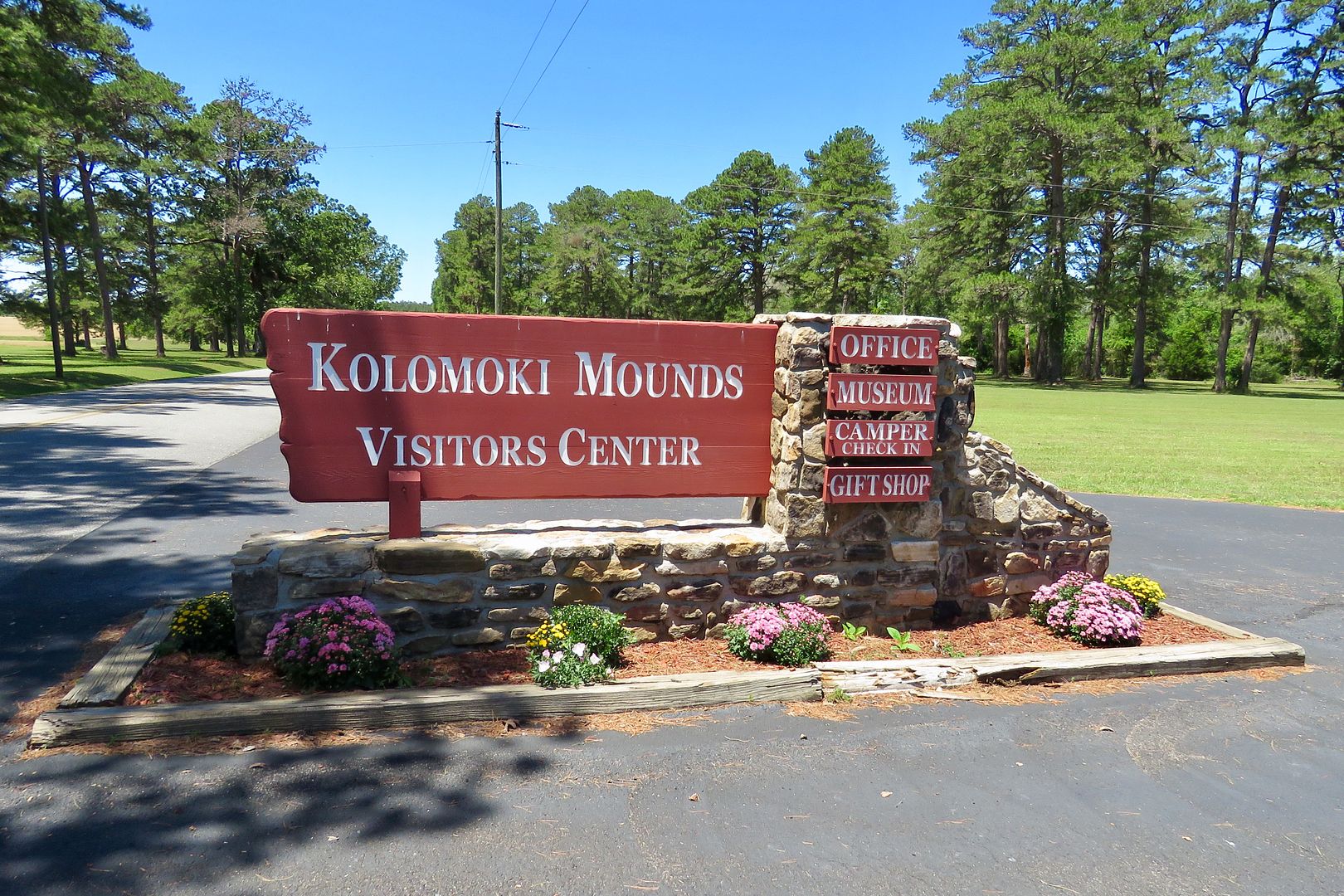
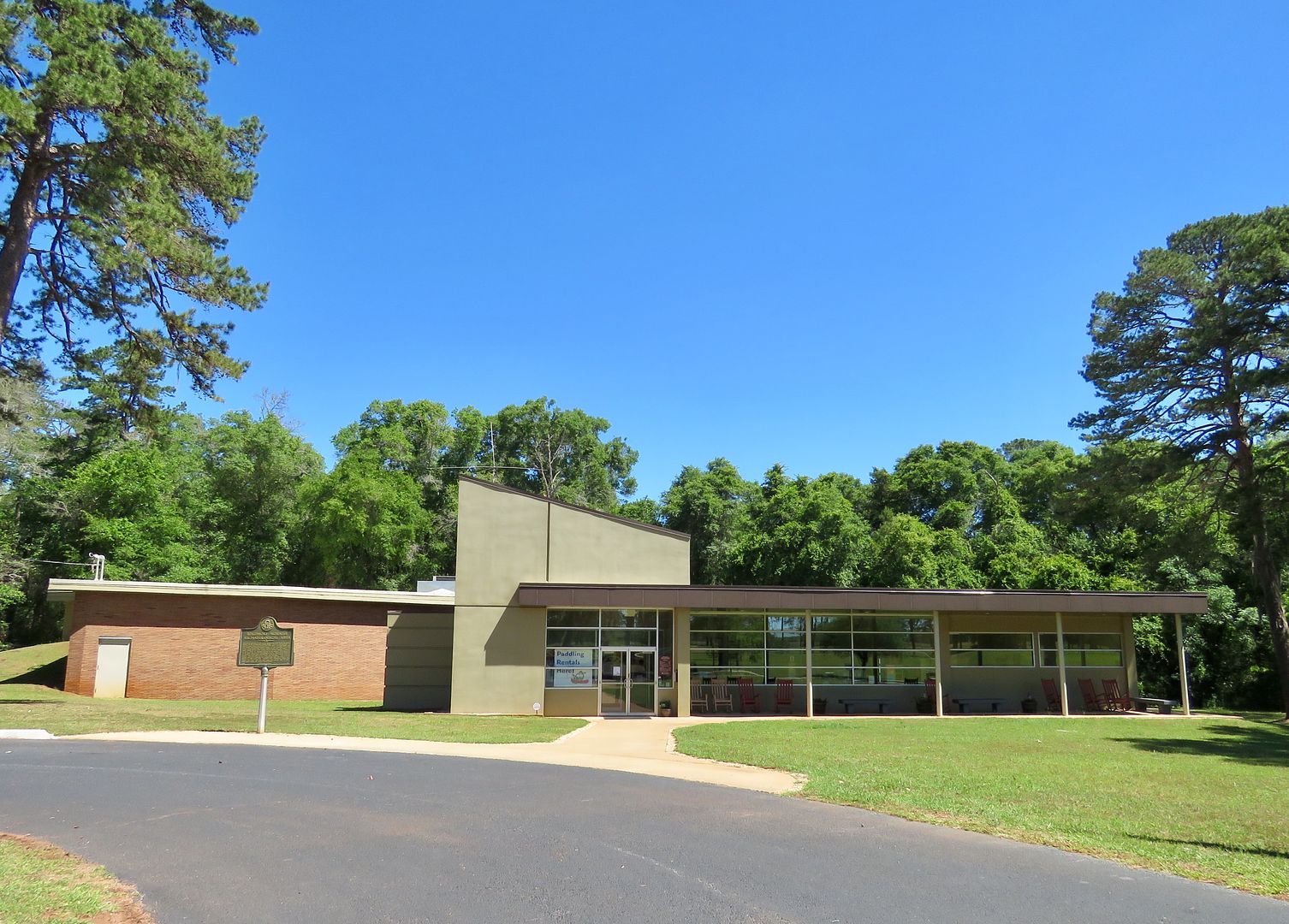
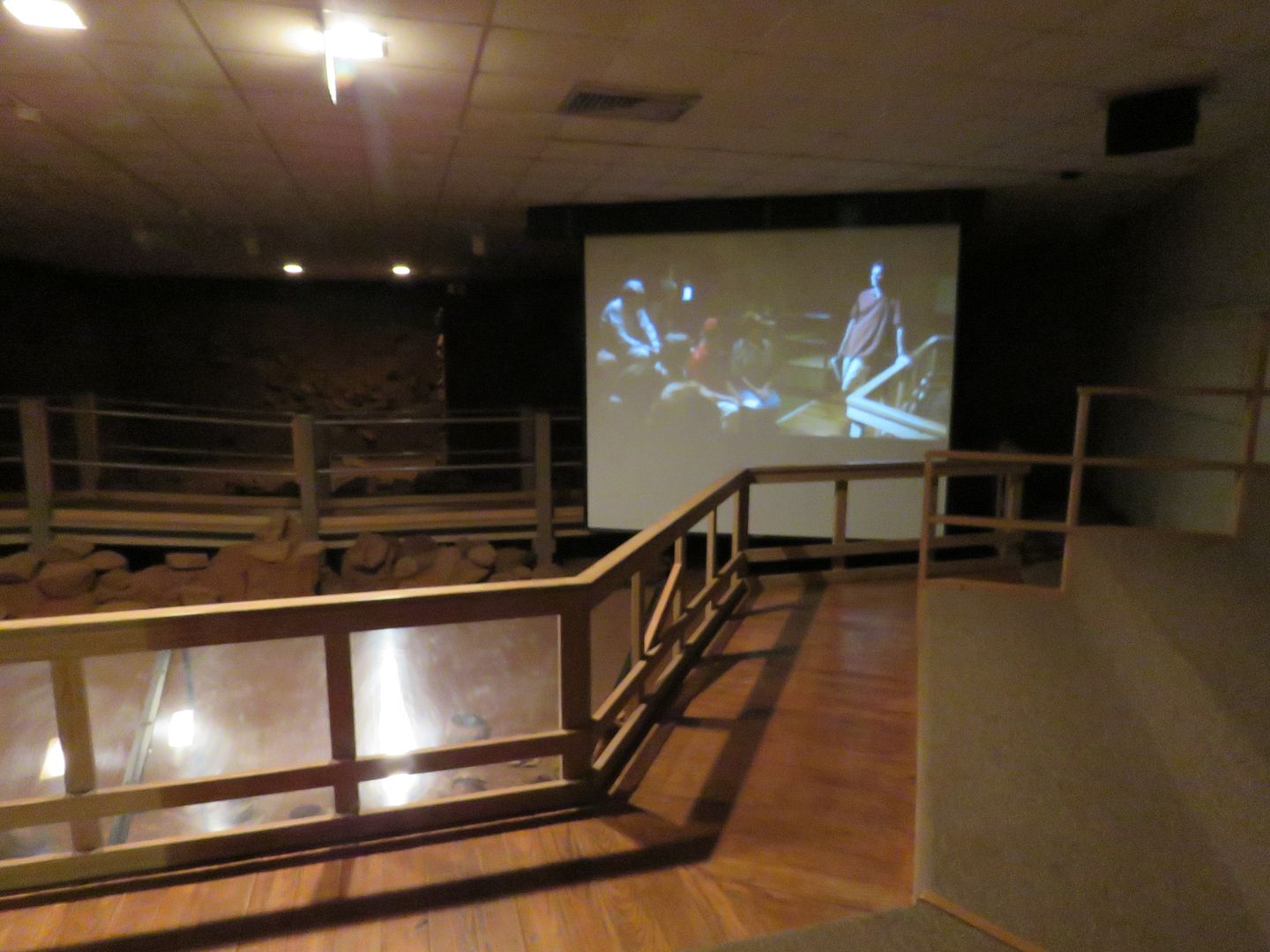
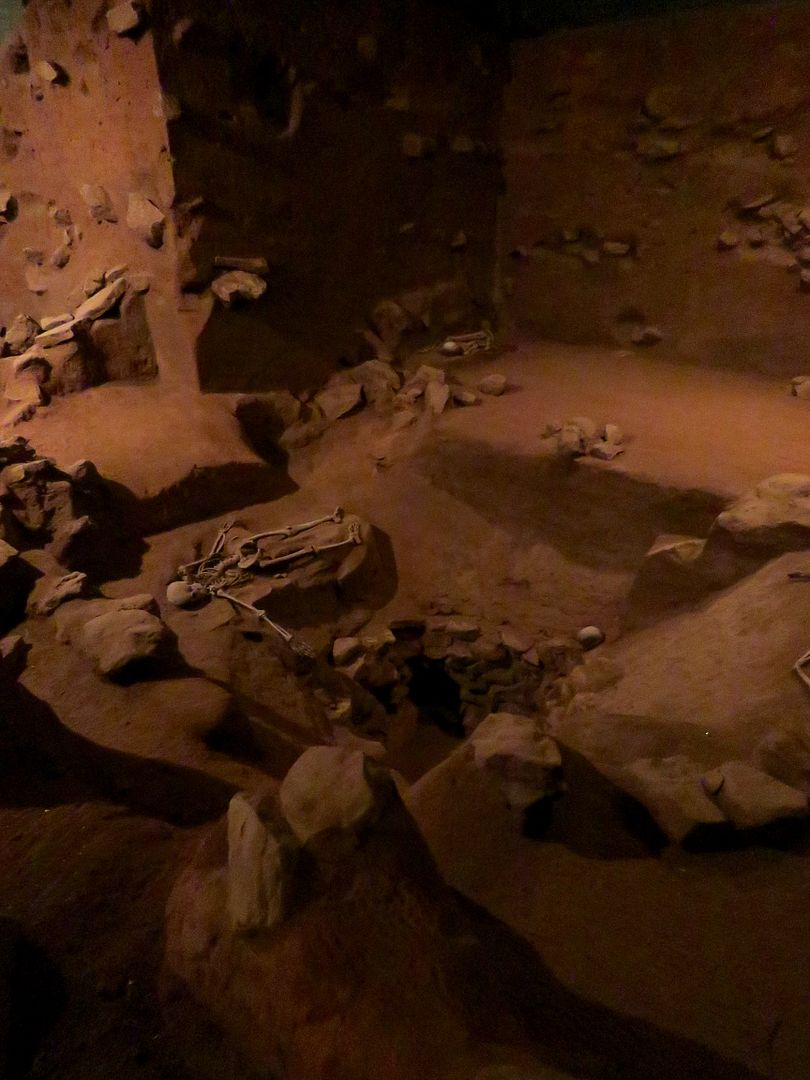

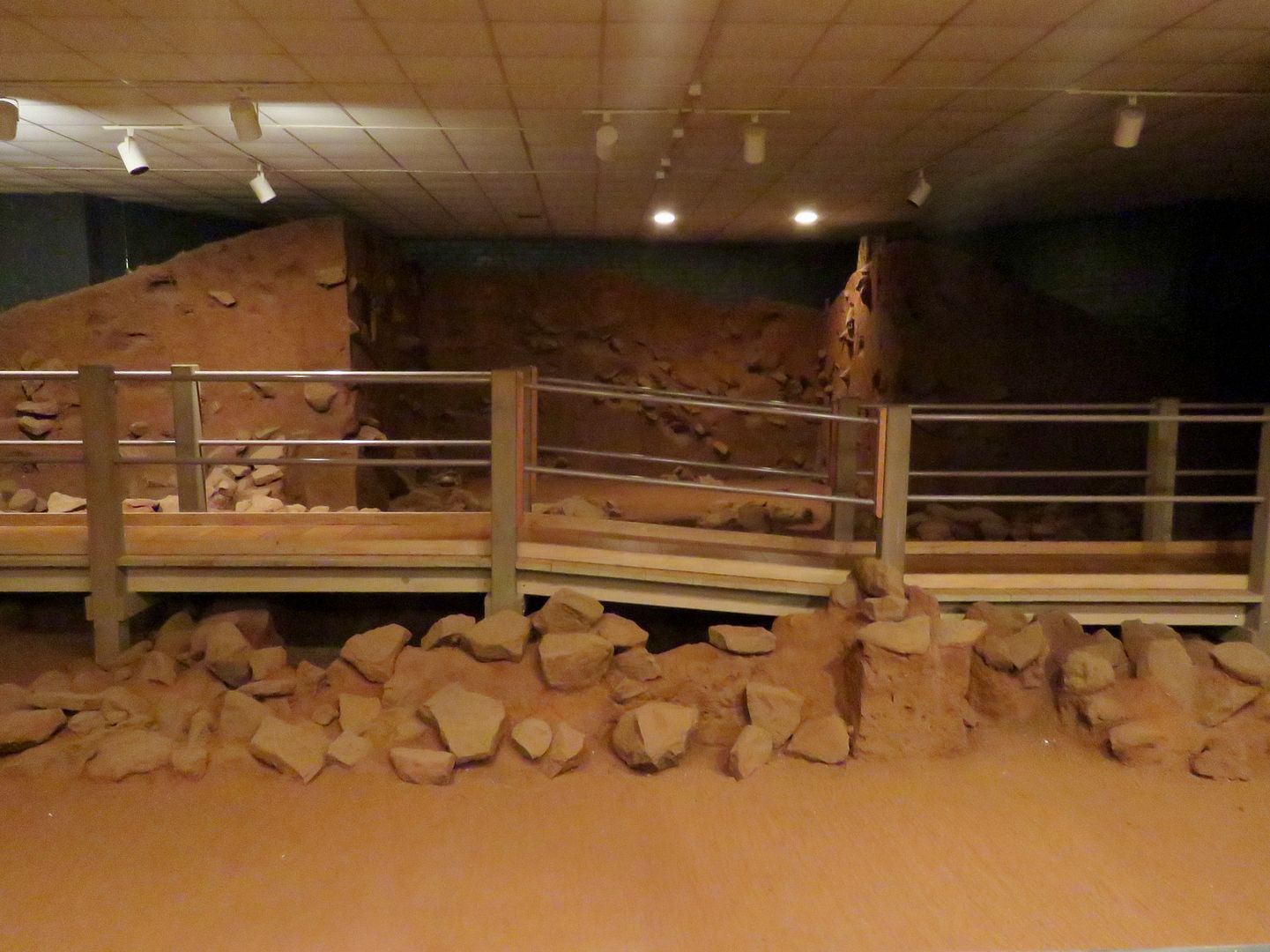

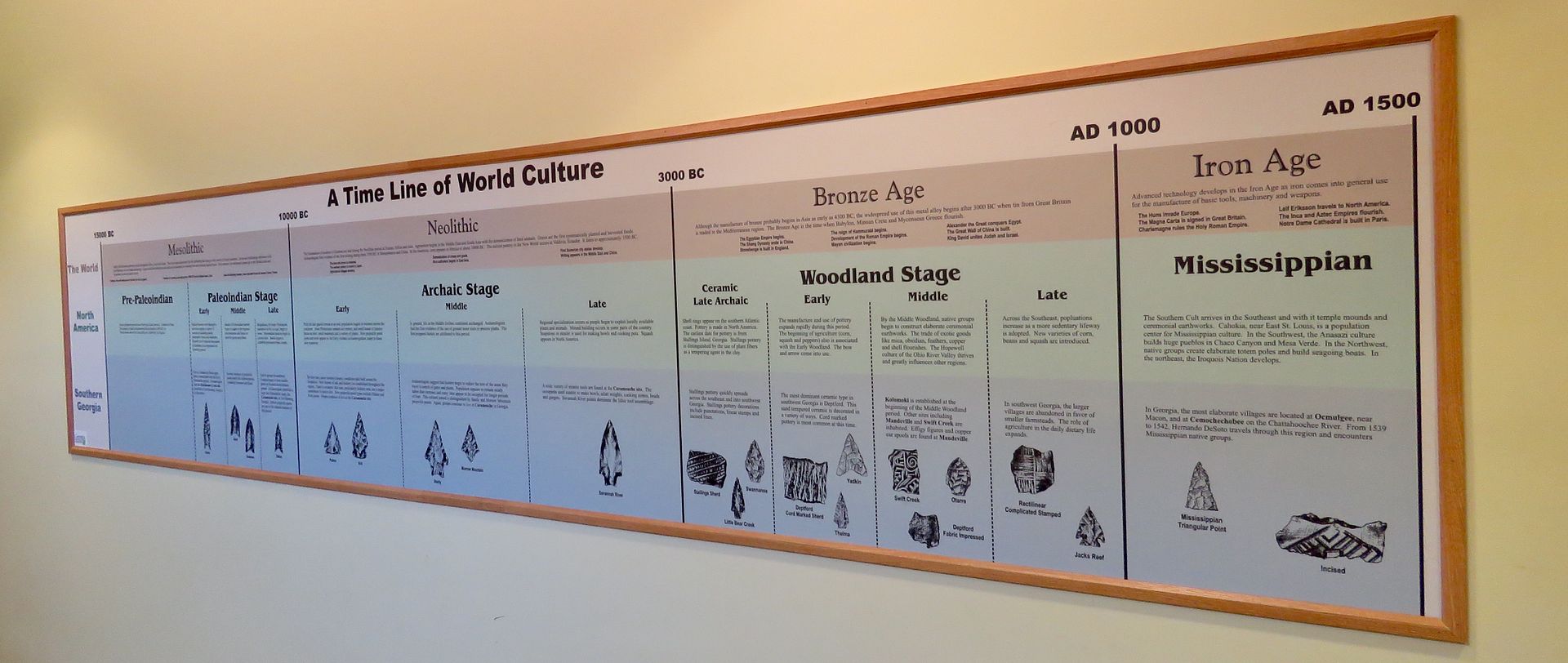

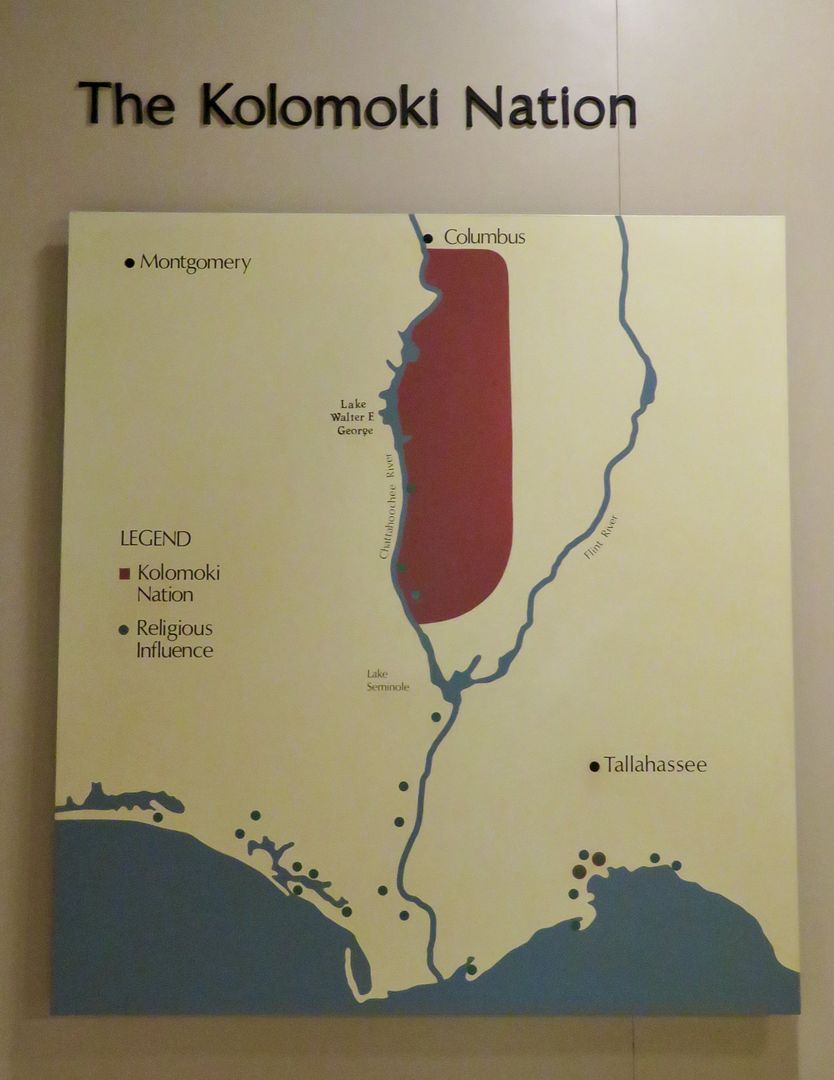




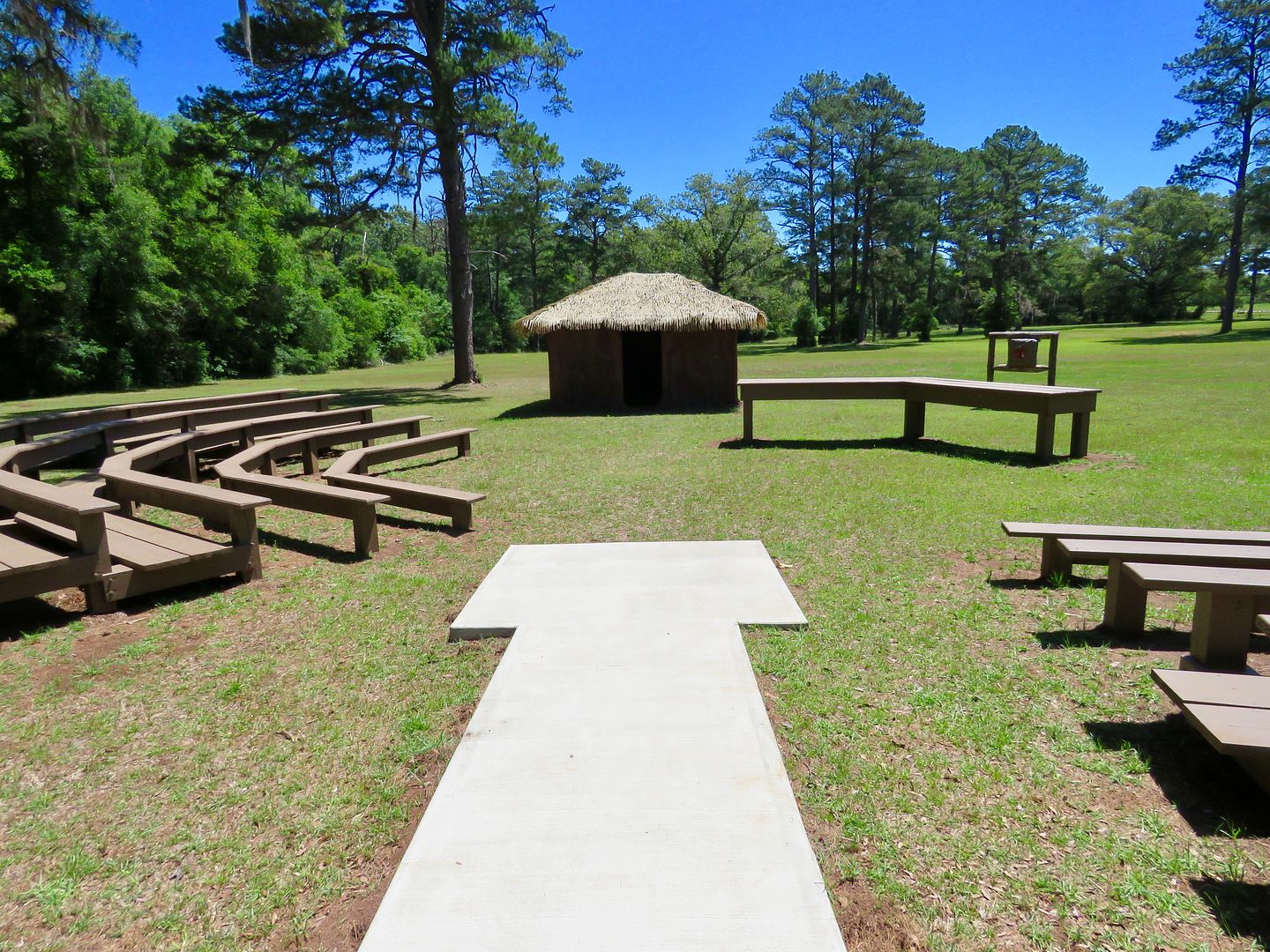
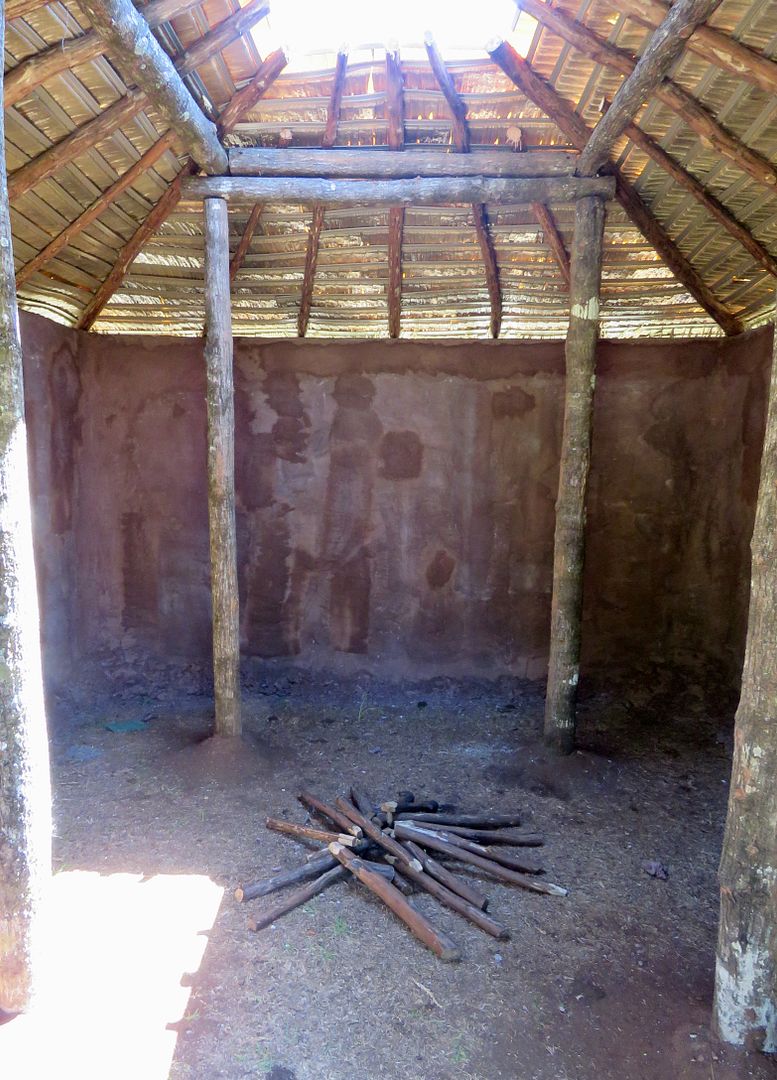





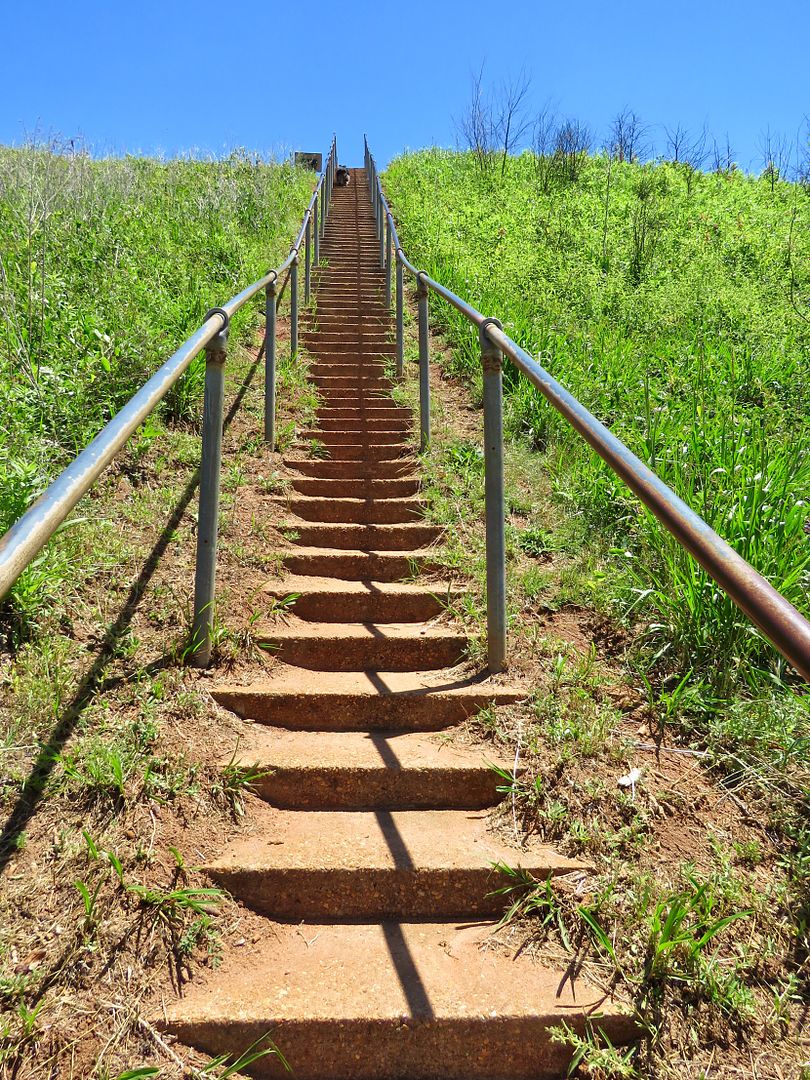
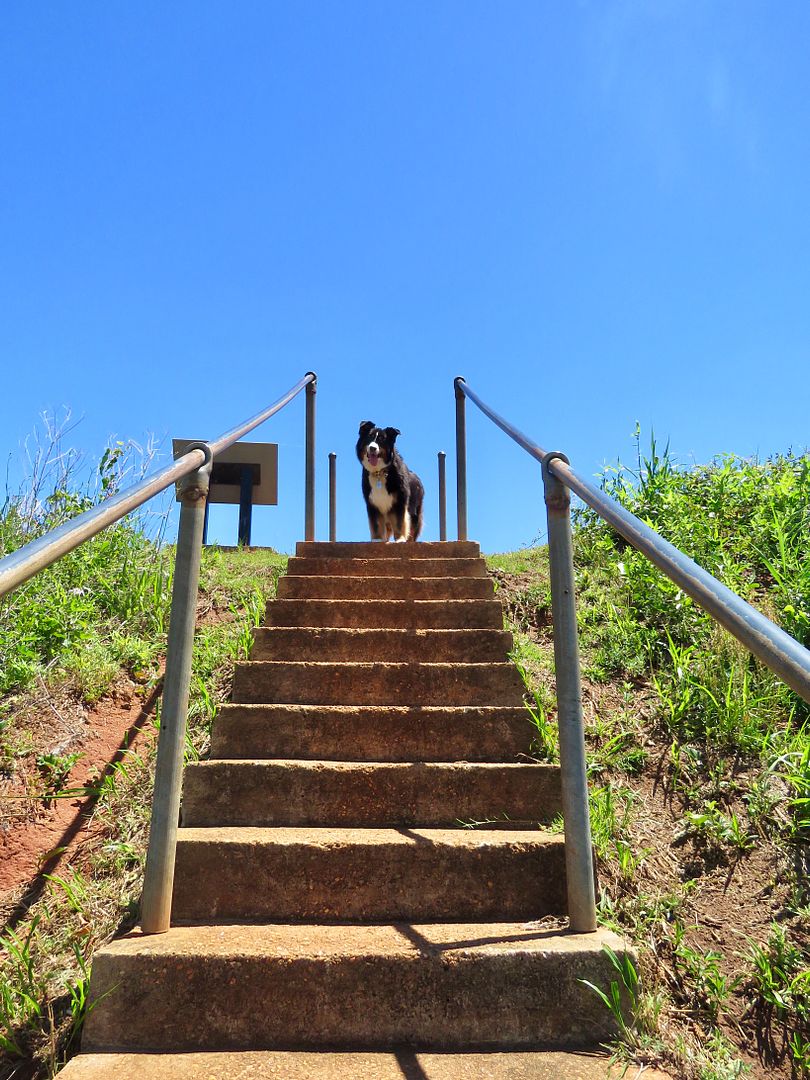
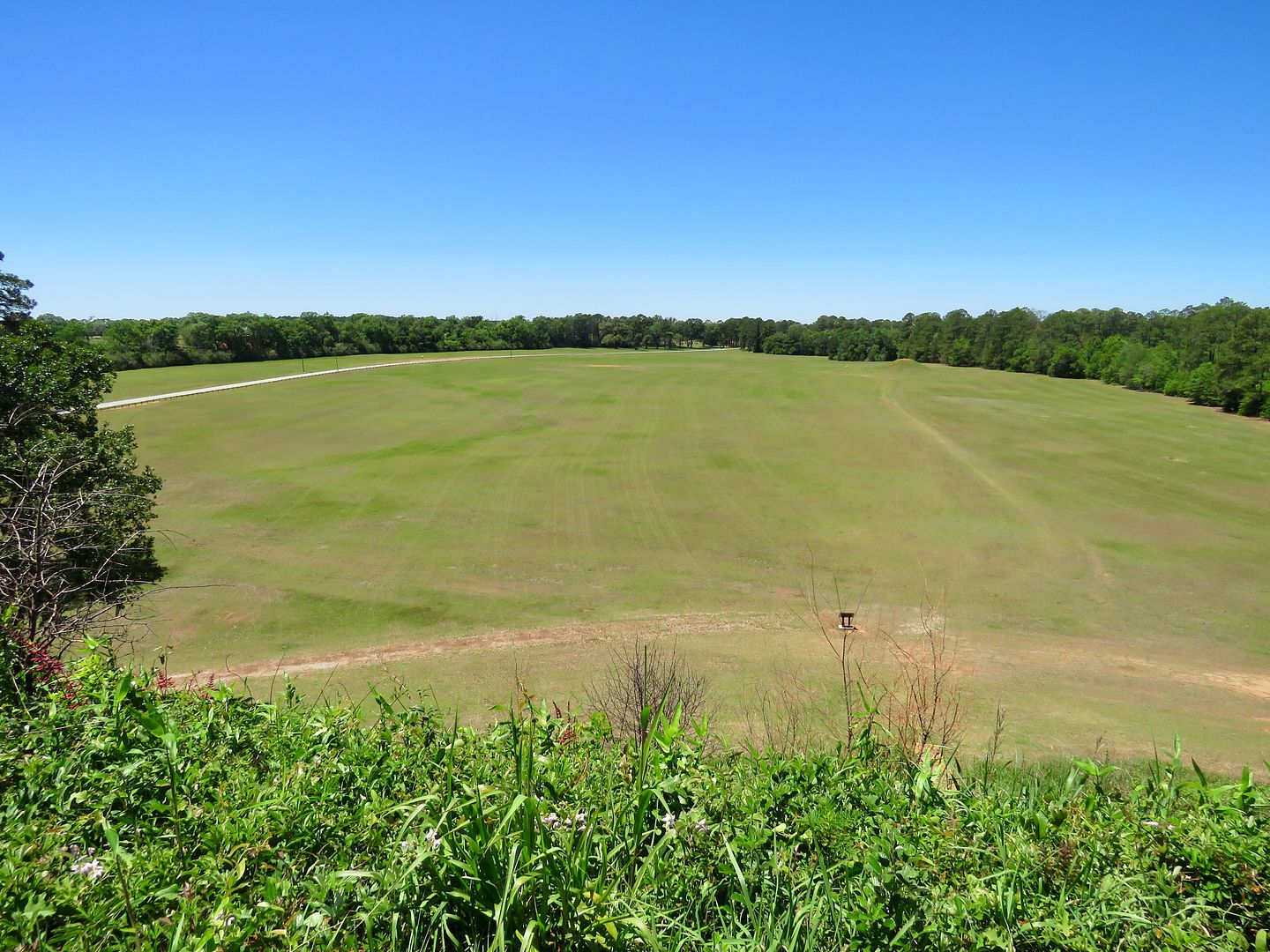


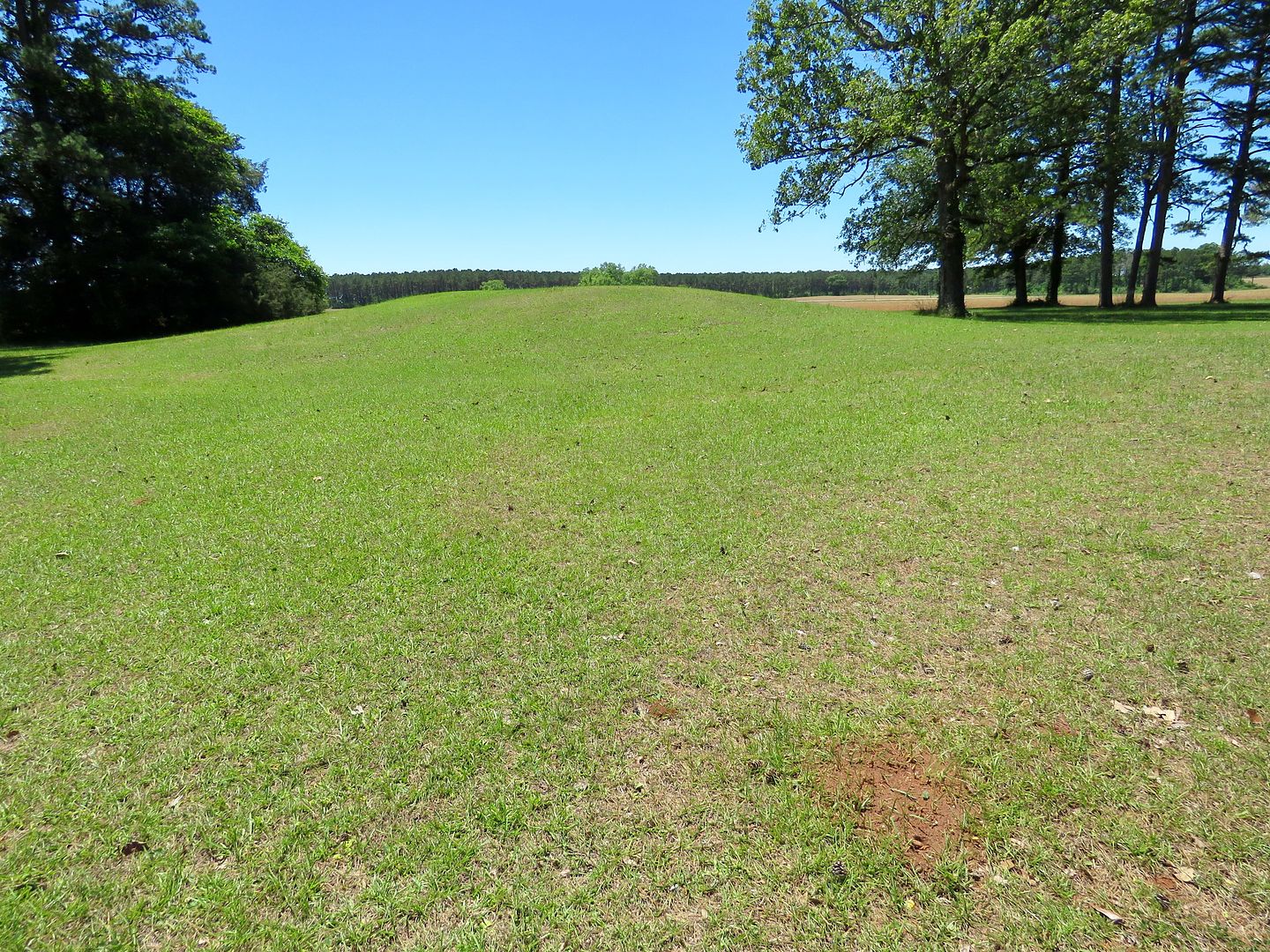
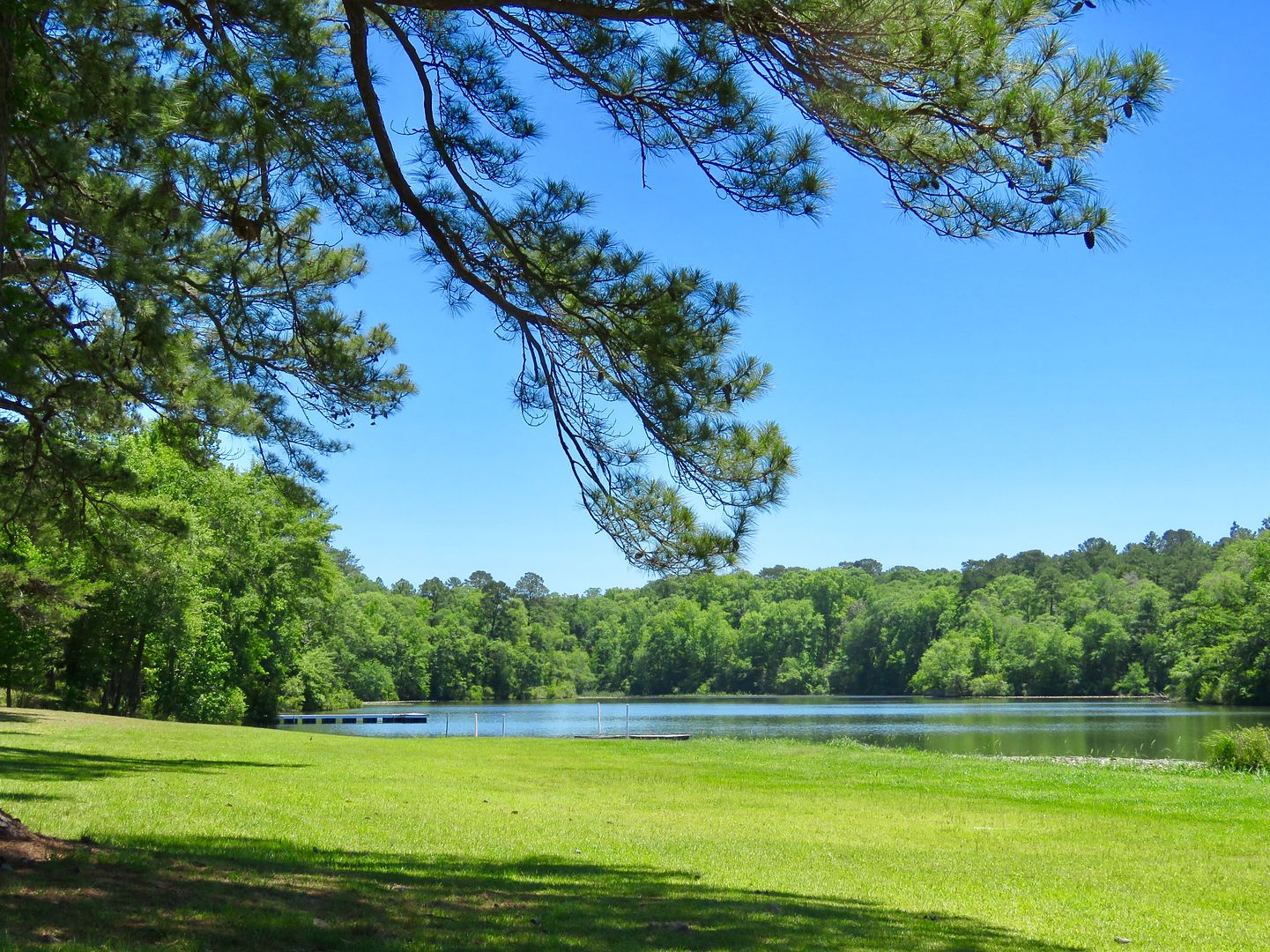
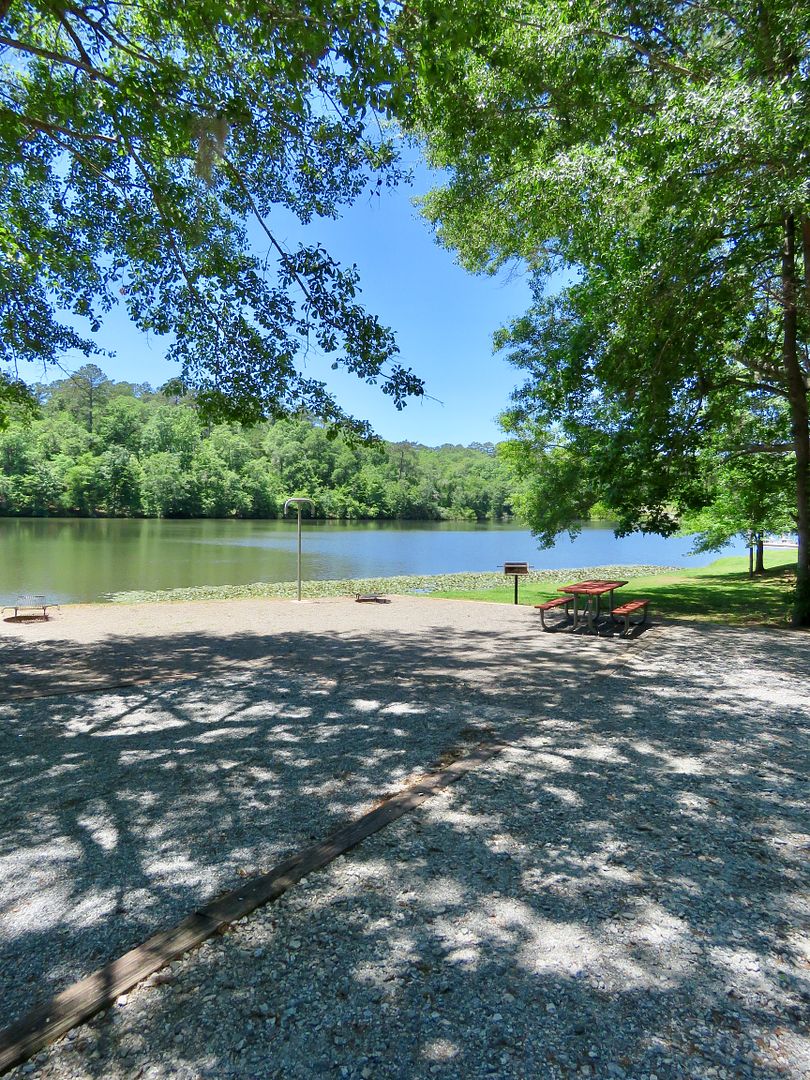

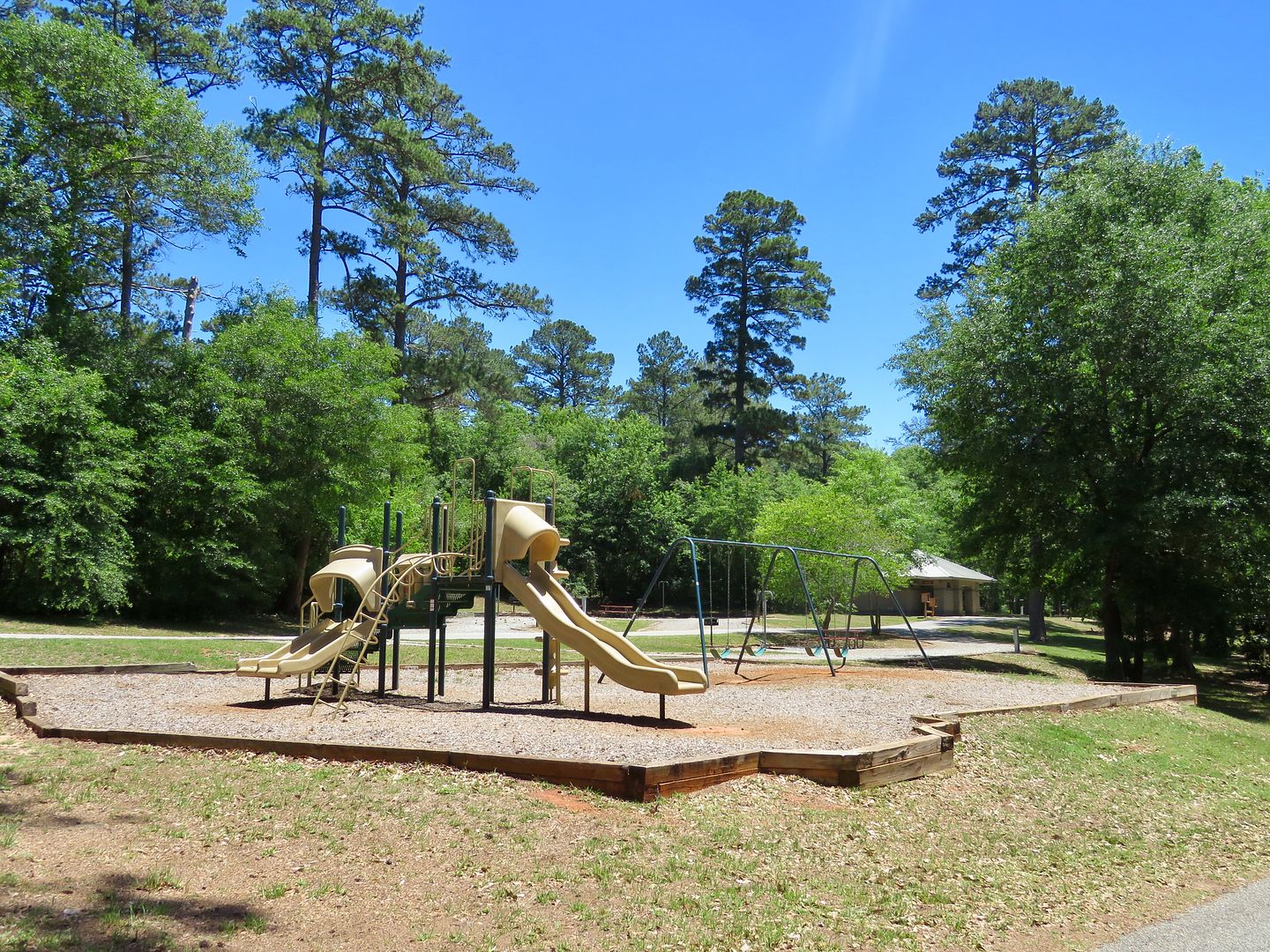



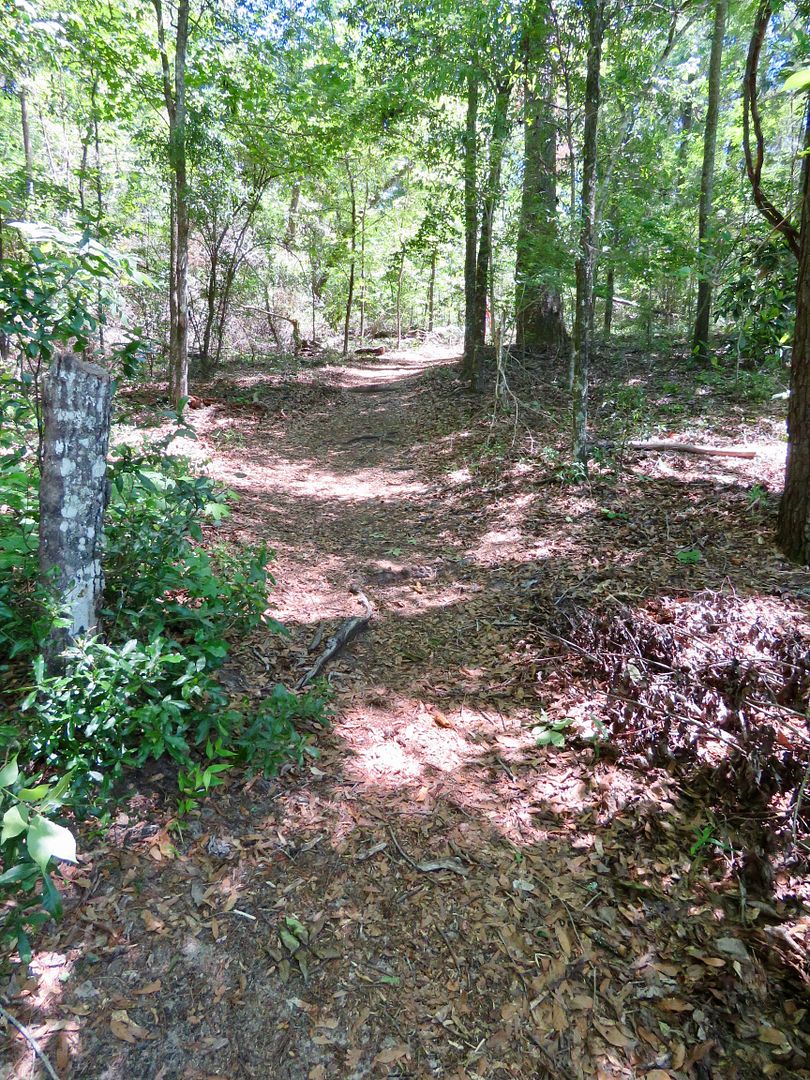

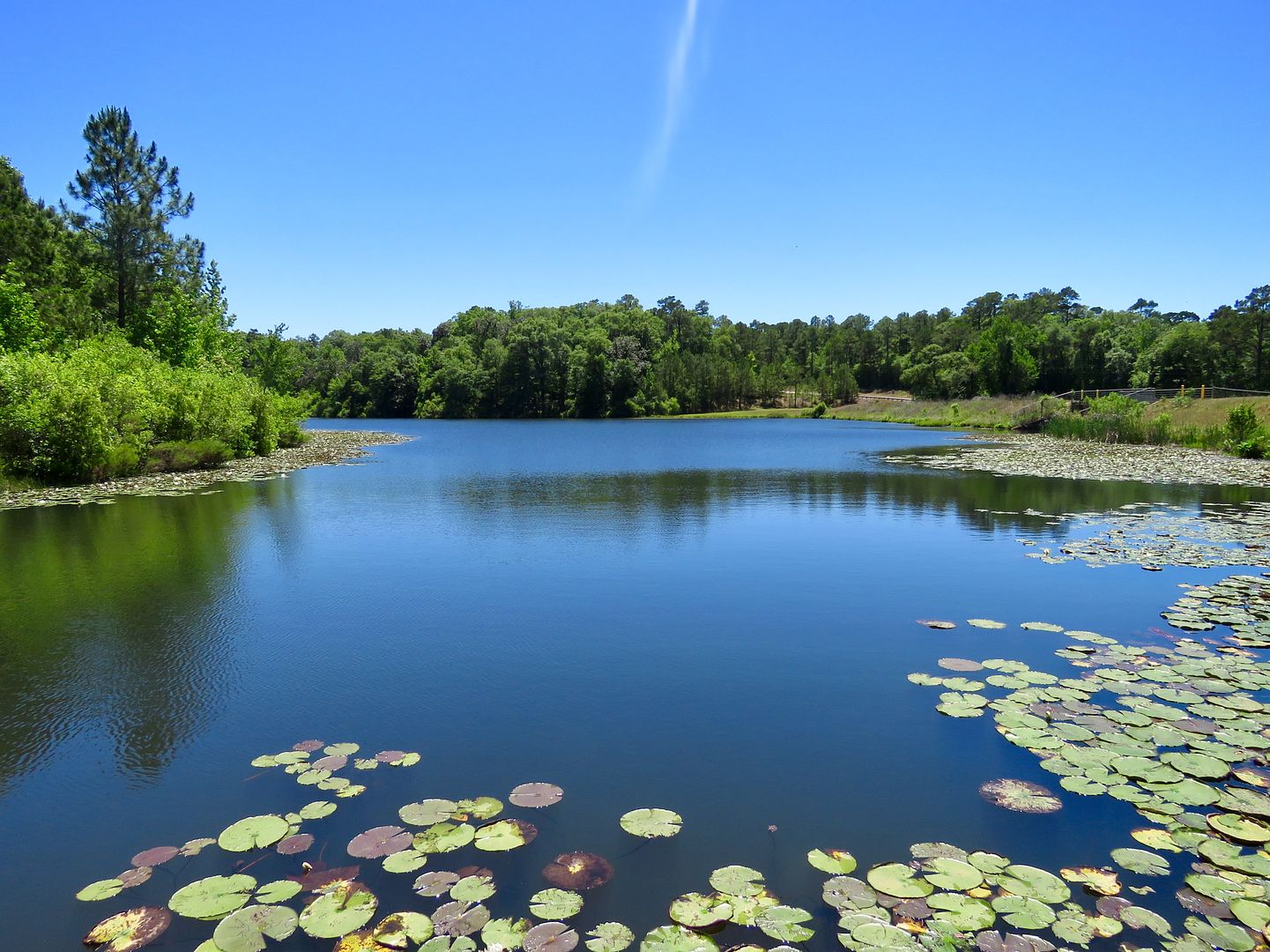
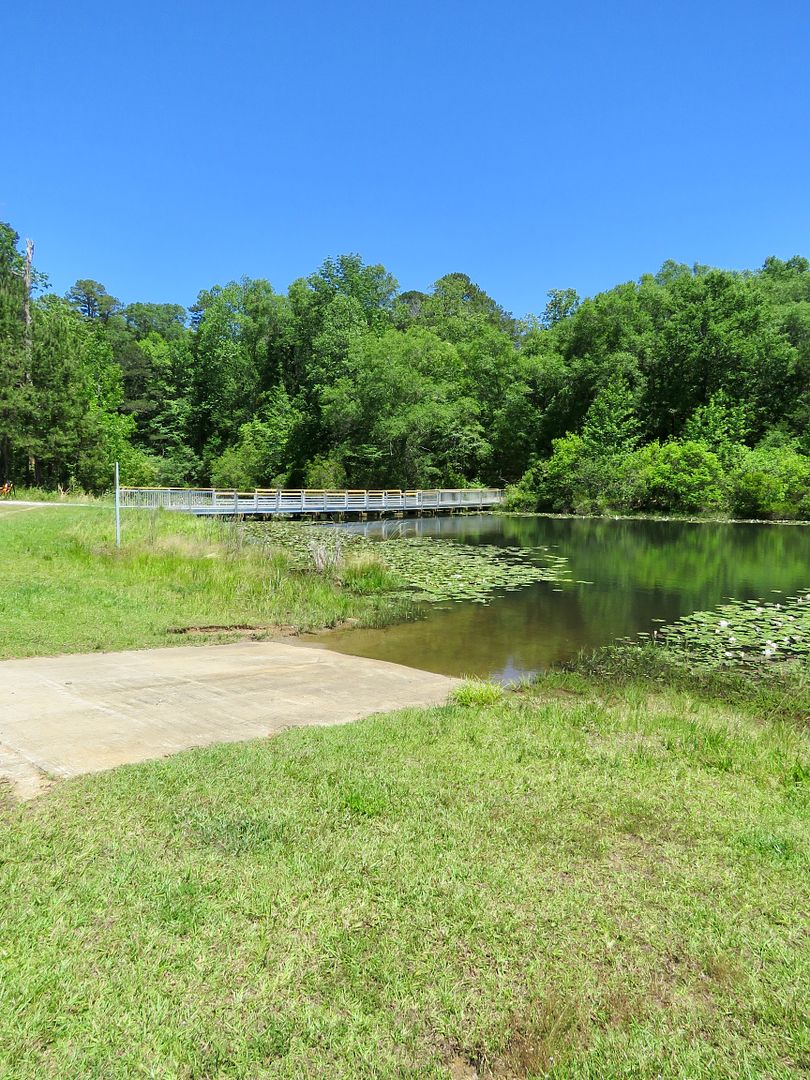
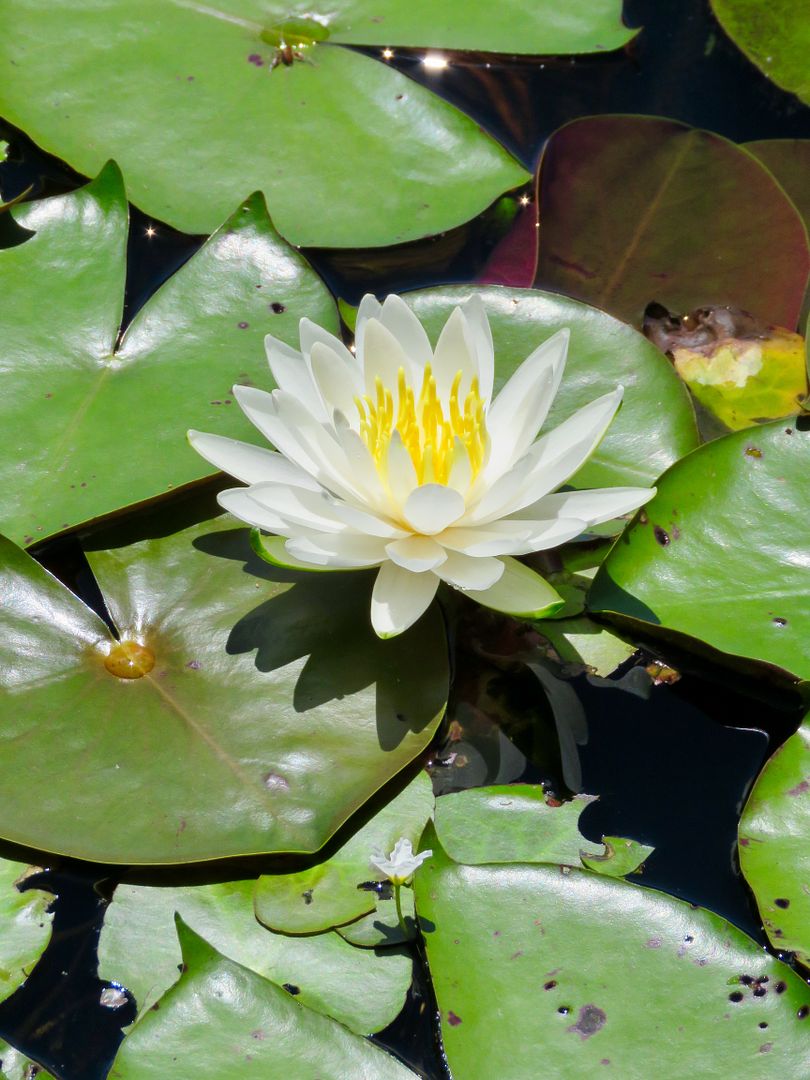
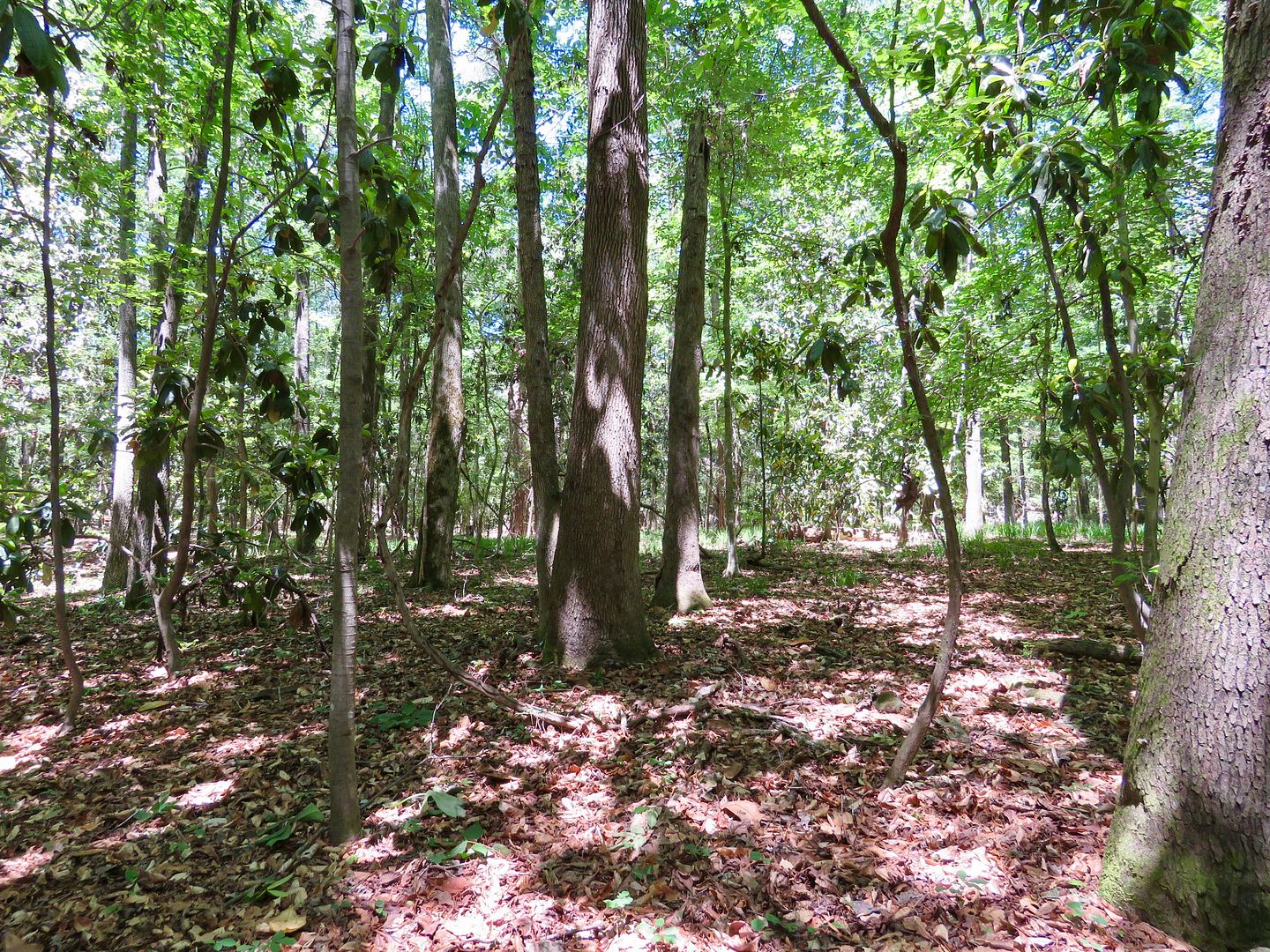
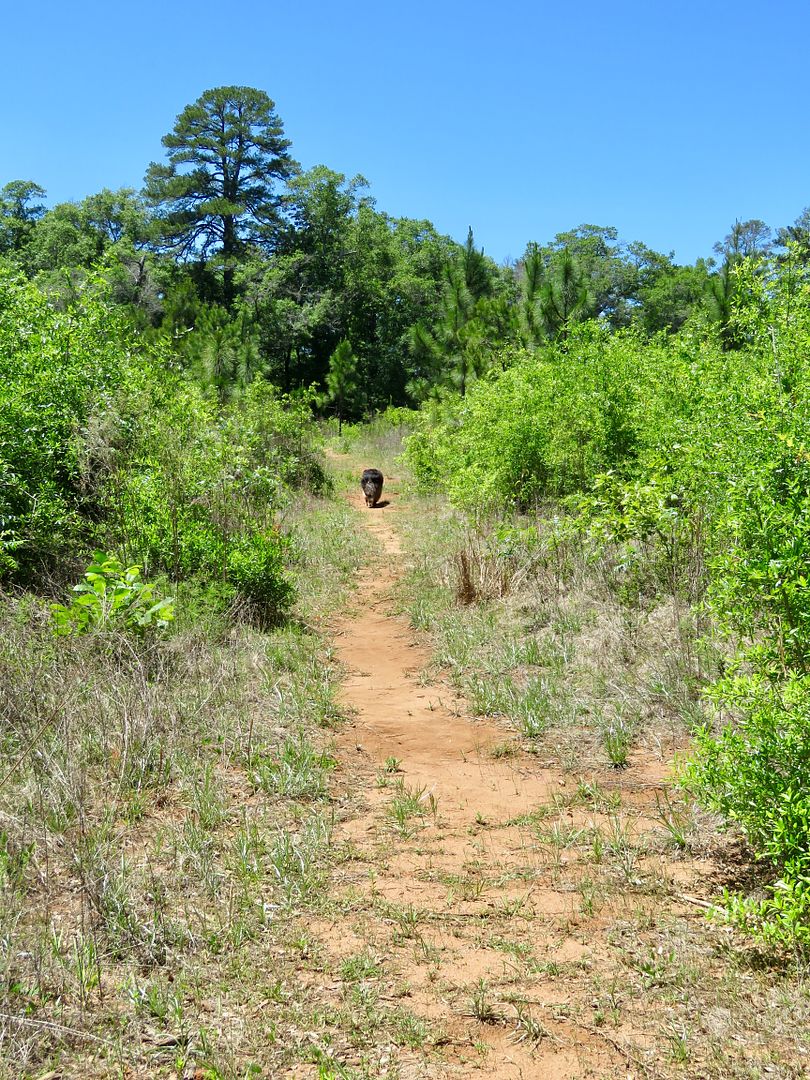
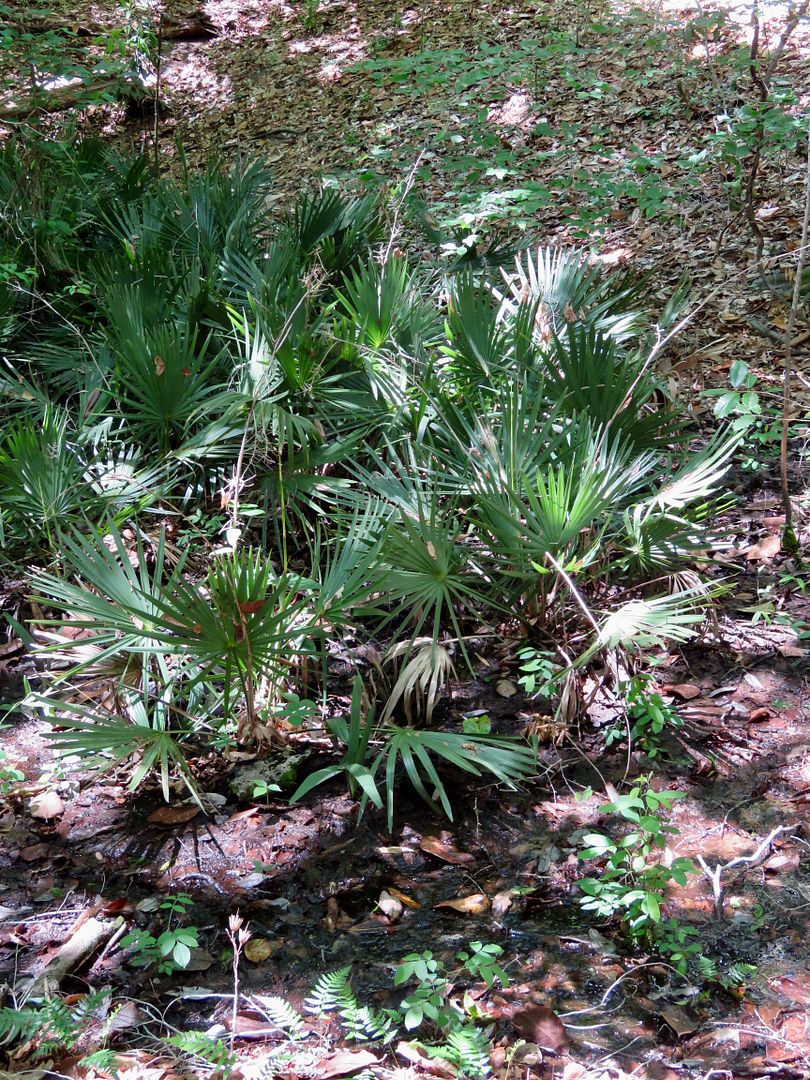
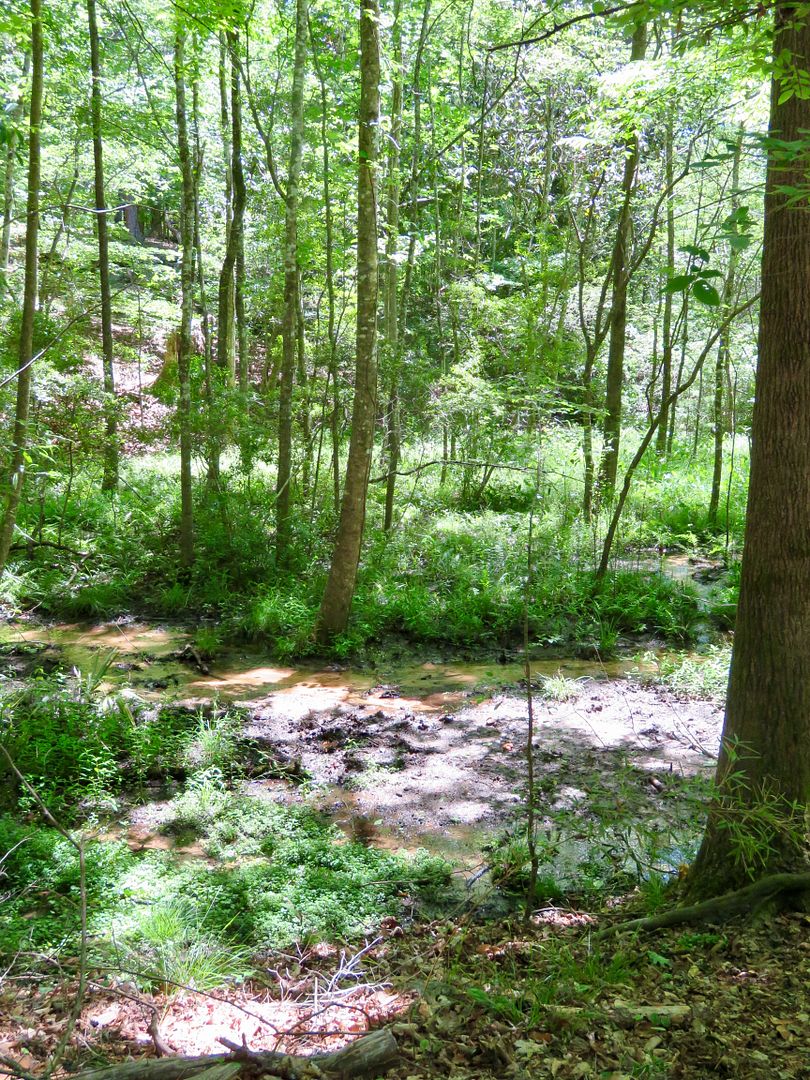

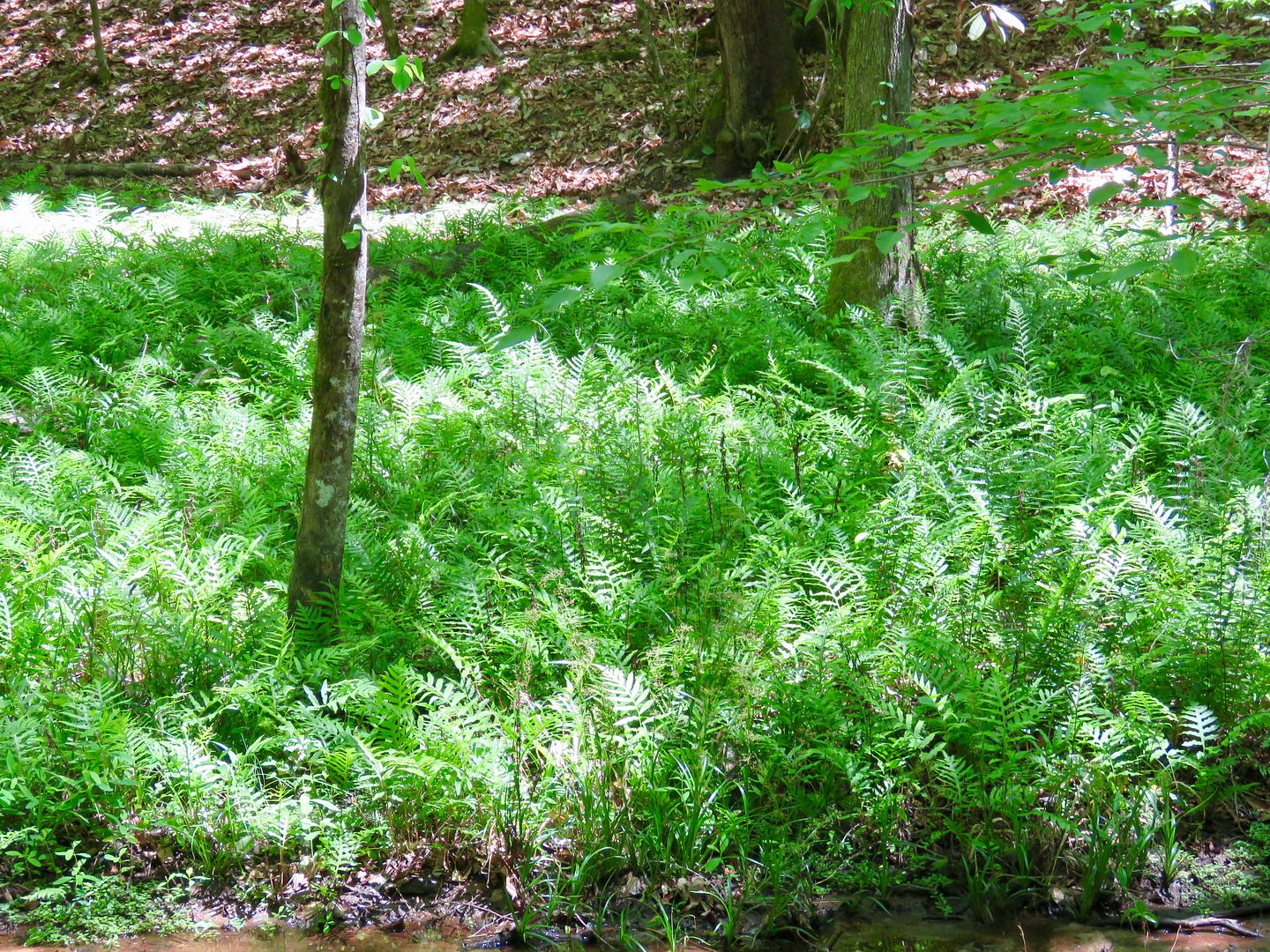
No comments:
Post a Comment